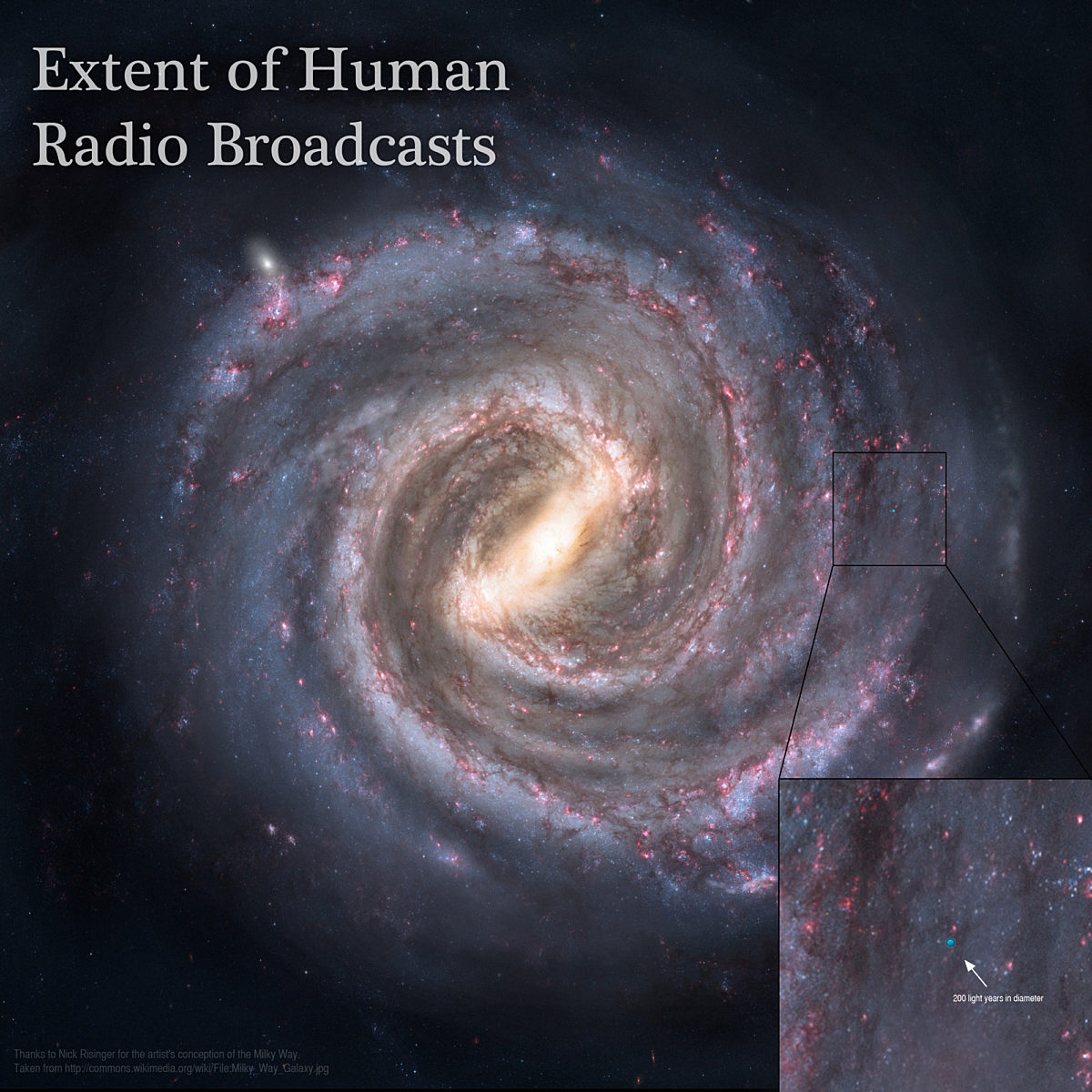All
All
Stories, updates, insights, and original analysis from The Planetary Society.
Stars, and stars, and stars: pretty pictures from the European Southern Observatory
My solar system chauvinism is well-established, but I am as much a sucker for beautiful astrophotos as the rest of you. Once in a while I get a media advisory from the European Southern Observatory about a new pretty picture posted on their website, and then I inevitably lose an hour following links to one stunner after another.
Pretty picture: Jupiter photo from an unusual source
A recently launched Earth-observing satellite is using the stars to practice its pointing, and caught a neat animation of Jupiter.
Crowdsourcing the Andromeda Galaxy
Scientists would like your help starting at high-resolution images of the Andromeda Galaxy captured by the Hubble Space Telescope.
Exploring the XDF: The Hubble eXtreme Deep Field
The newly-released eXtreme Deep Field takes us even further back into the history of our universe than the Ultra Deep Field or UDF.
Artist's views of a night sky transformed by a galaxy merger
A measurement of the Andromeda galaxy's proper motion shows it's coming directly at us, and will collide with the Milky Way in 4 billion years. The event will transform the appearance of our night sky.
This is how far human radio broadcasts have reached into the galaxy
There is an ever-expanding bubble announcing Humanity's presence to anyone listening in the Milky Way.
The Scale of the Universe, by Cary and Michael Huang
Cary and Michael Huang present a basic
NuSTAR telescope to get close look at black holes, supernovae
The NuSTAR X-ray telescope will enable scientists to get a much-improved look at black holes and supernovae in both the Milky Way and other galaxies.
A little fun with Deep Impact deep-sky data
Last week, the team put all of the data from Deep Impact's deep-sky imaging session online, and challenged visitors to see what they could make from it. I made some photos of M51, but there were some challenges.
Citizen Science projects for Planetary Science: Get Involved! Do Science!
Citizen Science projects let volunteers easily contribute to active science programs. They're useful when there is so much data it overwhelms computing algorithms (if they exist) or the scientific research team attempting to process it.
The scale of our solar system
Space.com has taken advantage of the infinitely scrollable nature of Web pages to produce a really cool infographic on the scales of orbital distances in the solar system.
The Solar System from the Inside Out - and the Outside In
Space probes grant us perspective, the ability to see our place within the vastness of the solar system. But opportunities to see all of the solar system's planets in one observation are rare. In fact, there's only been one opportunity on one mission to see the whole solar system at once, until now.
WISE's first brown (green?) dwarf
Look at the center of this star-studded image and you'll find an emerald green dot.
New Horizons images Jupiter again
Three years after New Horizons flew past Jupiter on its way to Pluto, the spacecraft has imaged the giant planet again.
Pretty picture: Messier 83
What does a barred spiral galaxy look like? THIS is what a barred spiral galaxy looks like.
WISE's weekly featured image
I'm pleased to point out that the Wide-field Infrared Survey Explorer mission (WISE) has started an
Congratulations to the WISE team on a beautiful "First Light" photo!
Congratulations are due to the Wide-field Infrared Survey Explorer (WISE) team on their lovely
An Auspicious Week for Astronomy
On Monday, if all goes well, we will launch the Space Shuttle to rejuvenate one the greatest scientific missions launched on or off the Earth: the Hubble Space Telescope.
A Moon Among Stars
A very pretty picture of a moon among stars. Happy 2009, everyone!
An opportunity for Spirit to see Earth and Venus together?
I received the following question by email last week:


 Explore Worlds
Explore Worlds Find Life
Find Life Defend Earth
Defend Earth


 Sun
Sun Mercury
Mercury Venus
Venus Earth
Earth Mars
Mars Jupiter
Jupiter Saturn
Saturn Uranus
Uranus Neptune
Neptune Small Bodies
Small Bodies
















